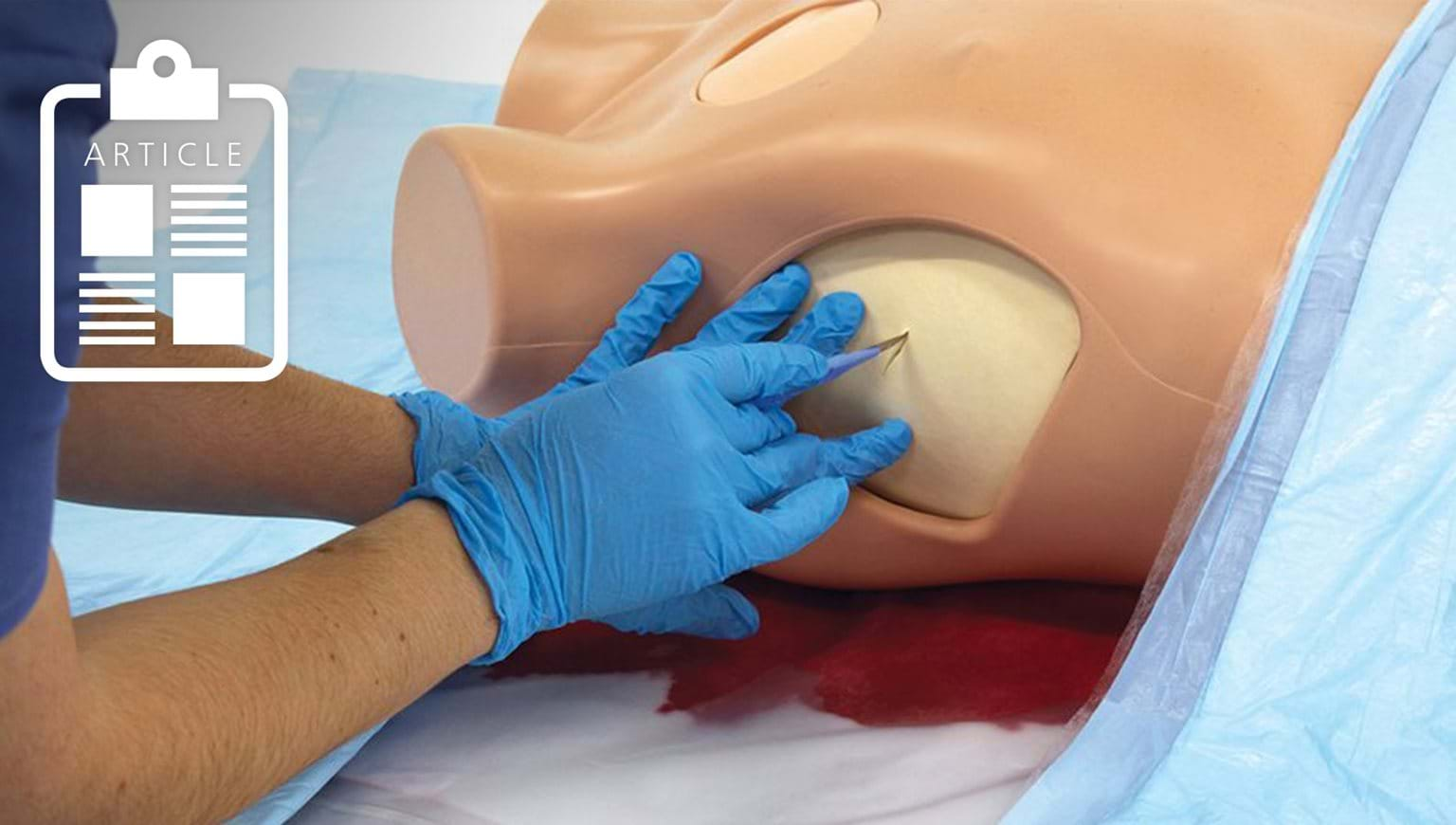News
Pre-hospital Emergency Care and Patient Safety
07 December 2021
Patient safety in hospitals has been studied internationally for the past 20 years. Global reports indicate that more than 12% of patients incur an adverse event while hospitalized, 70% of which have been deemed preventable.1 What has not been studied as extensively is patient safety in the prehospital emergency care environment.

Patient safety in hospitals has been studied internationally for the past 20 years. Global reports indicate that more than 12% of patients incur an adverse event while hospitalized, 70% of which have been deemed preventable.1 What has not been studied as extensively is patient safety in the prehospital emergency care environment. The few studies that have been conducted conclude that the main threat to patient safety is the absence of rapid “clinical reasoning and decision-making” by prehospital personnel, likely caused by a lack of “appropriate education or the tools for the complex prehospital work.”1
A qualitative survey of 2,000 pre-hospital emergency providers found five dominant themes that contribute to safety errors in the prehospital environment:
- Poor Judgement errors, such as missed or incorrect interpretation of diagnosis
- Poor skill / knowledge-based errors causing incorrect management of a patient
- Fatigue-related errors, work overload, stress, burnout, causing lapses in concentration
- Bad attitude, lack of confidence, and fear leading to human error
- Communication errors caused by language barriers or failure to communicate with medical services or the patient.2
Soderholm et. al (2019)3 identified several reasons for the developing gaps in applied knowledge related to prehospital patient safety:
- “Prehospital care has changed rapidly during the last couple of decades. It has quickly transformed from a transport organization to an integrated part of the healthcare system”.
- “Emergency medical systems (EMS) clinicians have to carry out more advanced patient assessment and interventions, compared to the old system which was more focused on a “load and go” strategy, with quick on-scene assessments and transports to the nearest emergency department (ED).”
Simulation in prehospital education has evolved over the past 50 years, beginning with resuscitation training using the first CPR mannequin. Today, prehospital instruction is much more comprehensive, where “repetitive task training, standardized patient and high-fidelity simulation are commonplace in educating pre-hospital responders.”4 Despite the resources available, recent literature suggests that traditional simulation experiences do not account for the many factors encountered by prehospital personnel. To allow the clinicians to gain knowledge and improve decision-making skills, simulation exercises must be immersive in nature, encompassing both the width and depth of all factors affecting competency in care of patients outside of the hospital environment. Ways to achieve effective prehospital education should consider the following:
“Simulation Width: To be able to simulate all phases in an ambulance mission, the following features will be of importance:
- Fully equipped ambulance which also will function as a driving simulator
- Realistic equipment for dispatch and communication
- Rooms for on-scene simulation (house of outdoor settings)
- Rooms for the handover phase (emergency department, intensive care unit, etc.)
- Possibilities to carry out documentation in accordance with the standard practice, using realistic/real prehospital documentation systems
Simulation Depth: To be able to simulate realistic situations and to create an immersive environment, the following features will be of importance:
- Projection of image and sound during driving in the simulator
- Projection of image and sound to be able to create realistic and different on-scene scenarios
- Environmental noise and sounds including crowds, traffic, music, rain, thunder, fire/car alarms, discussion, or pets/animals
- A room for environmental simulation with possibilities to create different weather conditions such as rain, wind, and different temperatures
- Fully equipped emergency room
- Real ambulance equipment
- Facilities and equipment for makeup and dressing of actors
- Advanced simulation manikins of different ages”3
Limbs & Things has a full range of emergency care products, including our ACS approved ATLS equipment. Additionally, prehospital personnel can benefit greatly from our range of diagnostic and procedural based emergency care simulators that allow for initial as well as continuing education of skills and behaviors that will aid in the safe care of patients. If you have any questions, don’t hesitate to reach out to our team.


